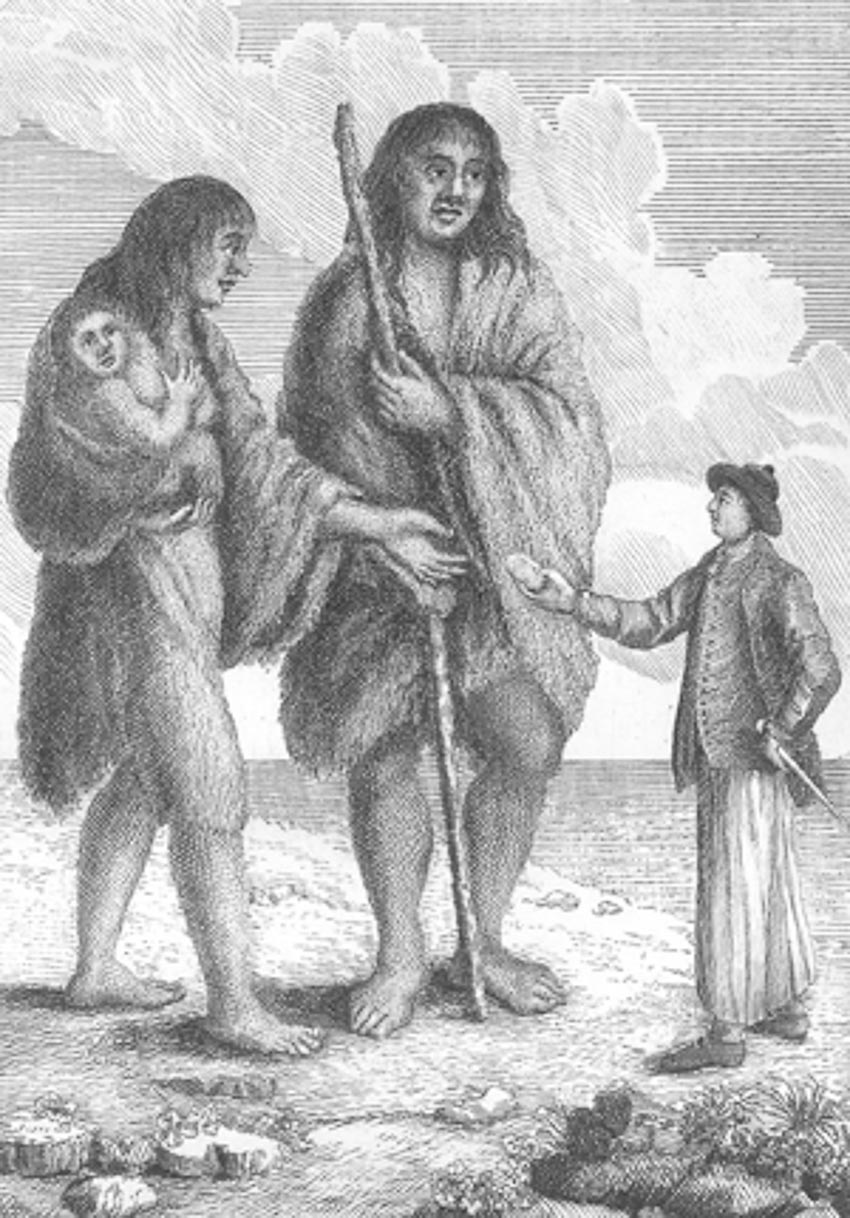For centuries, tales of giants have been woven into the fabric of cultures around the world. From the towering figures of Greek mythology to the colossal beings of Native American legends, giants have fascinated and terrified humans in equal measure. But where do these stories come from, and is there any scientific evidence to support the existence of giants in our ancient past?
The Legends: Giants in Mythology and Folklore
Legends of giants are nearly universal, appearing in the folklore of numerous cultures across the globe. In Greek mythology, the Titans were a race of powerful giants who ruled the earth before being overthrown by the Olympian gods. Similarly, Norse mythology speaks of the Jotnar, a race of giants who were both enemies and allies to the gods of Asgard.
In the Bible, giants are mentioned several times, most notably in the story of David and Goliath, where the young David defeats the towering warrior Goliath. The Nephilim, a mysterious race of giants mentioned in the Book of Genesis, are said to be the offspring of “the sons of God” and “the daughters of men.”
Native American tribes also have their own tales of giants. The Paiute tribe, for instance, tells of the Si-Te-Cah, a race of red-haired giants who lived in what is now Nevada. According to legend, these giants were eventually defeated by the ancestors of the Paiute, who drove them into a cave and set it on fire.
These stories, while varied in their details, all share a common theme: the existence of beings much larger and more powerful than ordinary humans. But could there be a kernel of truth in these ancient myths?
The Search for Scientific Evidence
Over the years, there have been numerous reports of giant skeletons being unearthed in various parts of the world. These discoveries have fueled speculation that the giants of legend might have been real beings who walked the earth thousands of years ago.
In the late 19th and early 20th centuries, newspapers frequently published accounts of giant skeletons being found in the United States, particularly in the Midwest. These skeletons were said to measure between 7 and 10 feet tall, with some reports even claiming heights of up to 12 feet. The remains were often linked to the mysterious Mound Builders, an ancient civilization known for constructing large earthen mounds across North America.
However, many of these reports have been met with skepticism. Critics argue that the stories were either hoaxes or exaggerations, perhaps inspired by the excitement of archaeological discoveries at the time. Additionally, there has been little to no credible scientific evidence to support the existence of these giant skeletons. Most of the alleged remains have been lost, and those that have been examined by scientists often turn out to be the bones of normal-sized humans or large animals.

Gigantism and the Real Giants Among Us
While the existence of ancient giants remains unproven, there is a medical condition known as gigantism that causes excessive growth in humans. Gigantism is caused by an overproduction of growth hormone, usually due to a tumor on the pituitary gland. Individuals with gigantism can grow to extraordinary heights, often exceeding 8 feet tall.
One of the most famous examples of gigantism is Robert Wadlow, who was born in 1918 and grew to be 8 feet 11 inches tall, making him the tallest person in recorded history. Wadlow’s height was the result of an overactive pituitary gland, and he continued to grow until his death at the age of 22.
While gigantism is a rare condition, it demonstrates that human beings can, under certain circumstances, grow to sizes that might be considered “giant” by normal standards. However, even those with gigantism fall far short of the mythical giants described in ancient legends.
The Enduring Appeal of Giant Myths
So why do stories of giants continue to captivate us? Part of the appeal lies in the human fascination with the unknown and the mysterious. Giants, as beings that straddle the line between human and monster, embody the fears and fantasies that have shaped our collective imagination for millennia.
Moreover, giants represent a challenge to the natural order. They are larger, stronger, and often more dangerous than ordinary humans, symbolizing the awe and terror that the unknown inspires. In a world where we are constantly seeking to push the boundaries of what we know, giants remind us that there are still mysteries to be unraveled.

Conclusion: Myth or Reality?
The question of whether giants ever truly existed remains unanswered. While scientific evidence has yet to confirm the existence of a race of giants in our ancient past, the legends persist, woven into the fabric of human culture and history.
As we continue to explore the world and delve into the mysteries of our past, the tales of giants will likely endure, reminding us of the power of myth and the enduring allure of the unknown. Whether they were real or simply products of our imagination, giants will always have a place in the stories we tell about our world and our place within it.